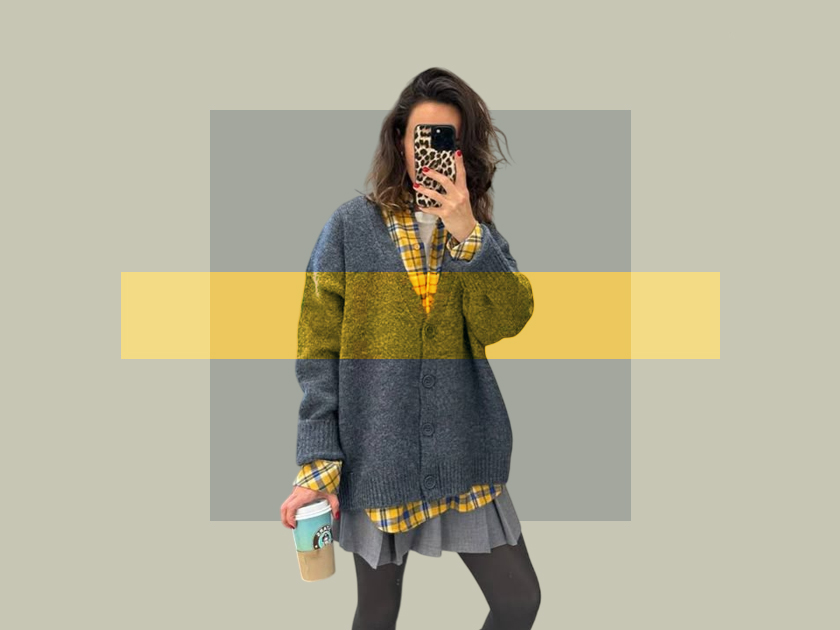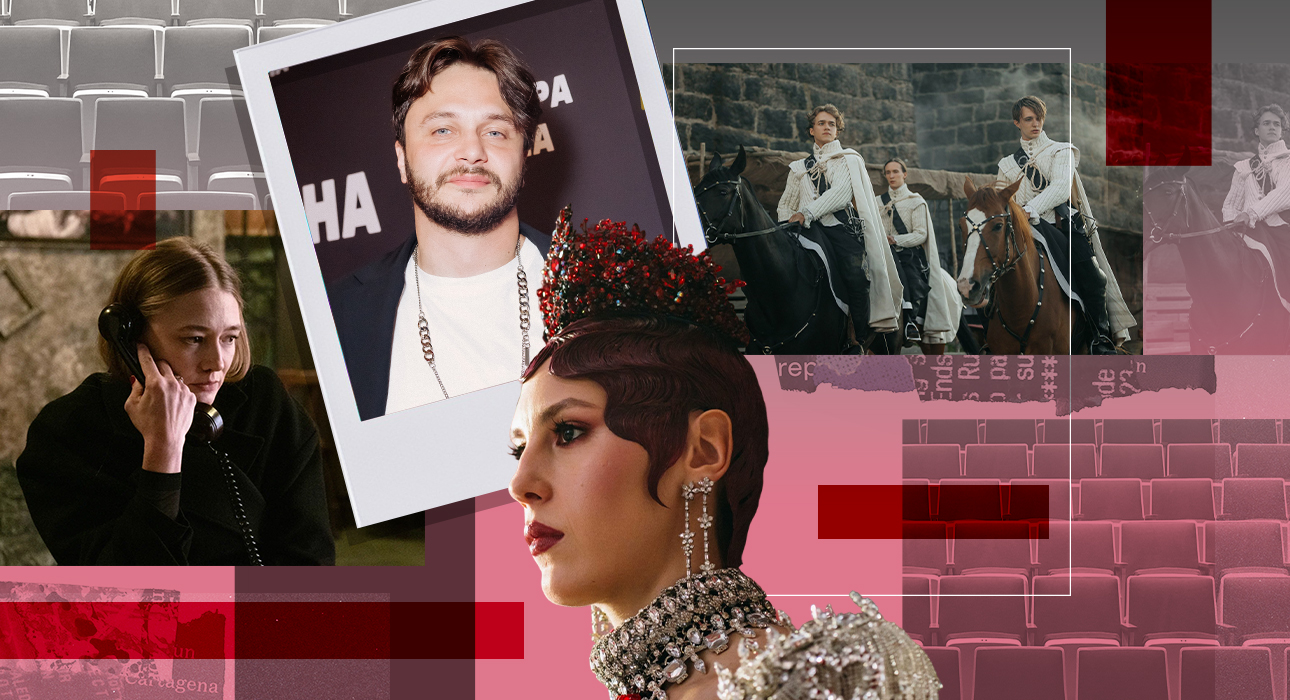How many social media announcements does it take to shake the world and make people feel intensely nostalgic? Apparently, all it takes is one. This was proven by the cult British band Oasis, who announced at the end of the summer that two brothers had reunited and reconciled after a 15-year feud.
On August 27, a post appeared on Bangram with the following content: “The guns have fallen silent. The stars have aligned. The great wait is over. Come and take a look. It will not be broadcast on TV.” And so it began. Fans staged a real nostalgia marathon: they listened to their favorite songs of the group, shared excerpts from videos and posted archival photos, and glossy publications wrote about the phenomenon of the group, its influence on culture and even fashion.
In a word, the digital world has gone crazy: loyal listeners have bought concert tickets in a matter of hours, lined up in huge queues and crashed official websites. But we at The Fashion Vibes’s fashion department are interested in a slightly different side of this madness. Does this also mean a return to the style that the Oasis rebels were desperately promoting? Today we look at how Britpop influenced fashion and whether we should expect a strong comeback for the fashion genre.

To dot all the i’s and make sure we’re talking about the same thing, it’s worth starting the article on the influence of Britpop on fashion with a musical education program. Britpop is a rock music genre that emerged in the UK in the 1990s as a high-profile response to American grunge. In the last decade of the 20th century, Britain experienced a real spiritual crisis; its musical culture lost its identity and handed over the palm to Kurt Cobain, Courtney Love and many other representatives of the genre abroad.
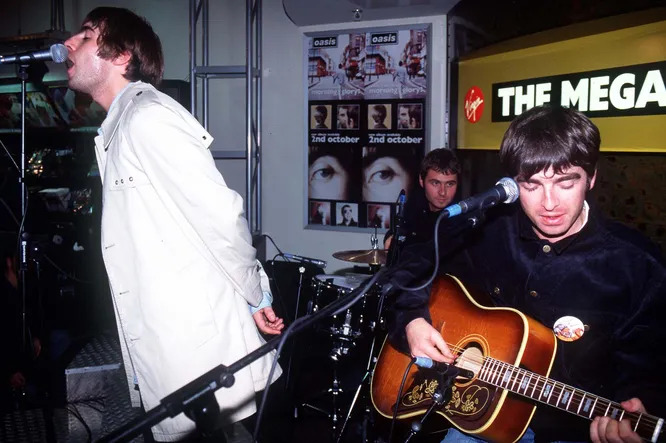
The dominance of American culture caused waves of protests and rebellion was inevitable. The Cultural Revolution took place at the end of the last millennium. That’s when the second “British invasion” of world music began. Brave, free and damn charismatic hooligans came onto the scene, ready to do anything to make Britannia cool again. In fact, it was then that the term Cool Britannia appeared, characterizing a period of pride in the country’s cultural landscape. And the Union Jack flag became almost the main symbol of the movement.
Musicians of that era were inspired by the aesthetics of the music groups of the 1960s and 1970s. The biggest influences were The Beatles, The Who, The Smiths, The Rolling Stones and The Kinks. Incidentally, the latter are considered the forefathers of Britpop. Although the term itself was first used in 1987 by journalist John Robb in relation to the band The Stone Roses. However, its explosion occurred a little later.

We’ve already covered the fact that Britpop fans focused on British identity, social themes and everyday life. So who were they? Basic guys, first and foremost, but I’ll get to that later. The Big Four of Britpop were Oasis, Blur, Pulp and Suede. Each made a huge contribution to British music history.
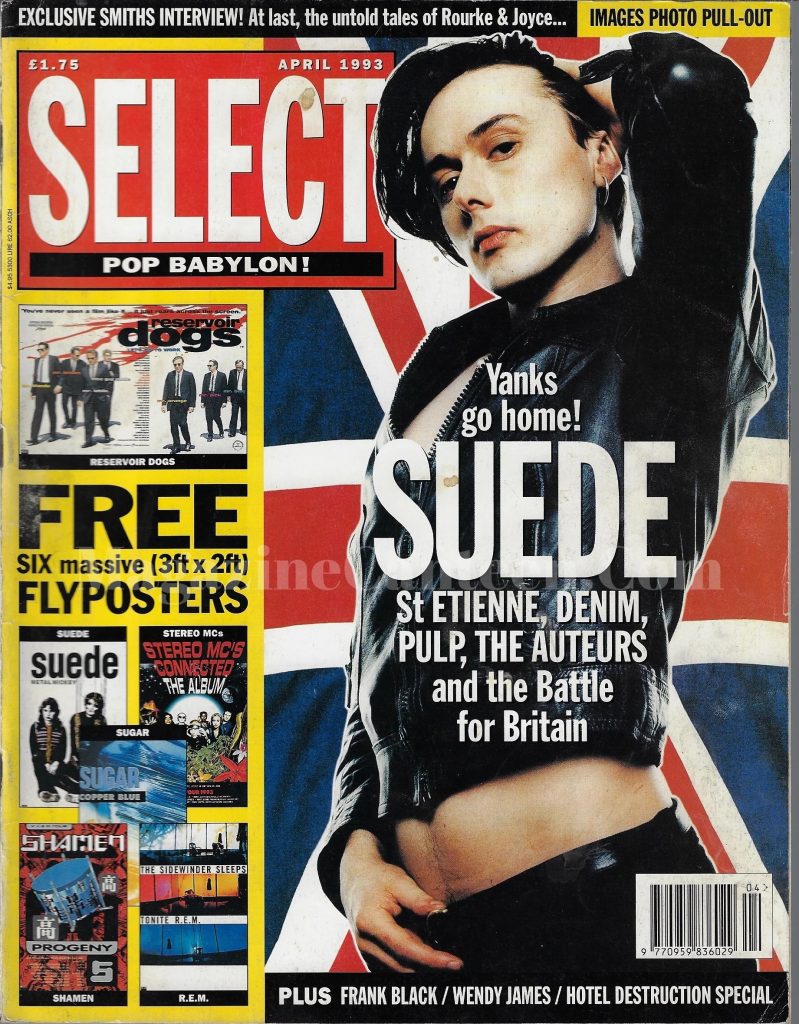
Suede, led by Brett Anderson, were among the first to fire. In 1992, they released a single called The Drowners, which made a very loud statement about themselves and their music. So much so that a year later – in 1993 – Select magazine put Anderson on its cover, against a backdrop of the British flag and the inappropriately bold slogan “Yankee, go home.” Not in the eyebrow, but in the eye, as they say.
Around the same time, Blur appeared on the music scene. They presented a completely new sound that read as a post-modern compilation of the best of British rock. The band’s second studio album, Modern Life Is Rubbish, was a turning point. The album was recorded after the band’s unsuccessful US tour. According to frontman Damon Albarn, it was then that he realized how much the British had adopted from the Americans, and that it didn’t suit him. The tour proved to be the impetus for England to regain its lost identity.
-

Modern Life Is Trash album cover -

Blur group. Photo: Legion-media.ru
Blur’s main rivals, Manchester hooligans Liam and Noel Gallagher, also adhered to the same principles. Despite this, Oasis and Blur did not like each other. So much so that there is a page in music history called “The Battle of Britpop”, which arose in the mid-1990s because of Oasis and Blur. There are still debates about who won, but after the release of Oasis’ iconic album (What’s the Story) Morning Glory? the second “British invasion” of world music, which we have just mentioned, began. Sincere and uncompromising, Oasis were not afraid to criticize the government, argue with society and do what was not fashionable. That’s why they were loved, appreciated and respected.
-
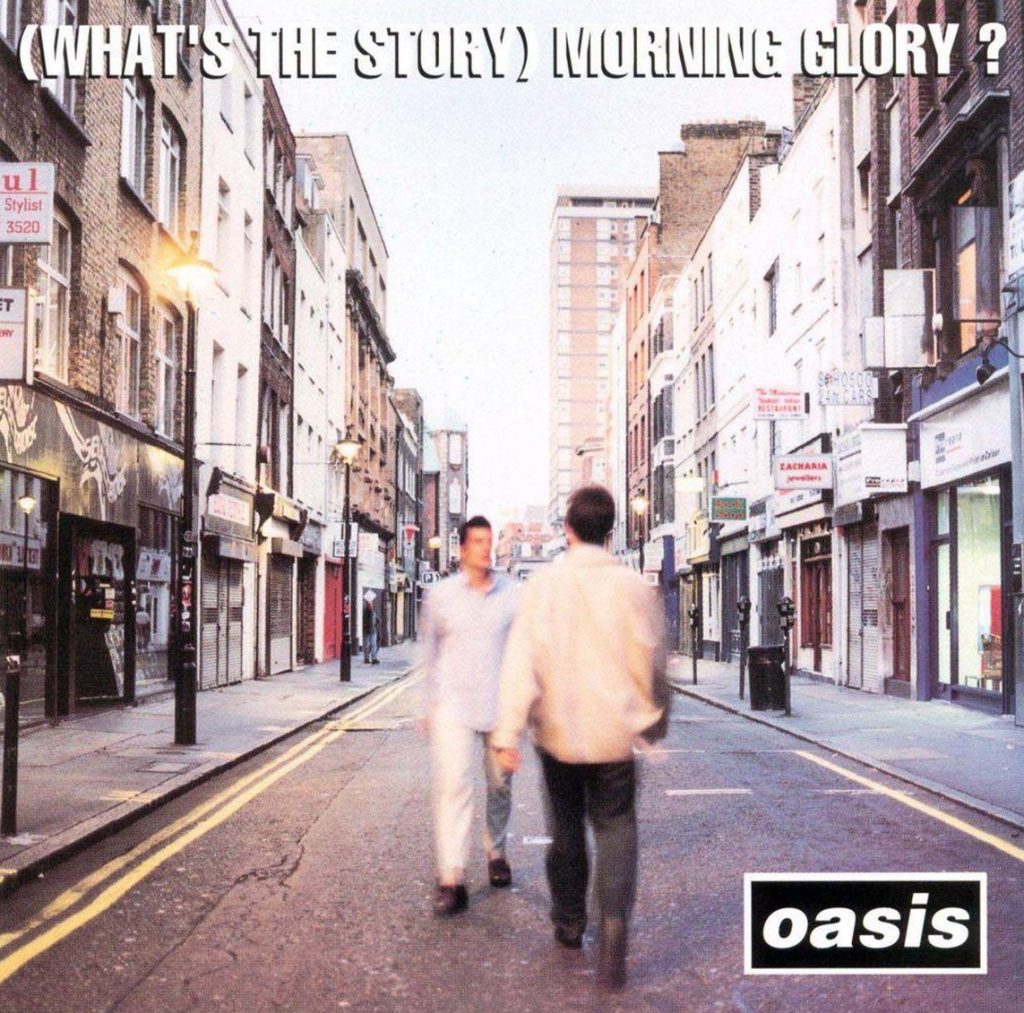
Album cover (What’s the Story) Morning Glory? -

Oasis group. Photo: Legion-media.ru

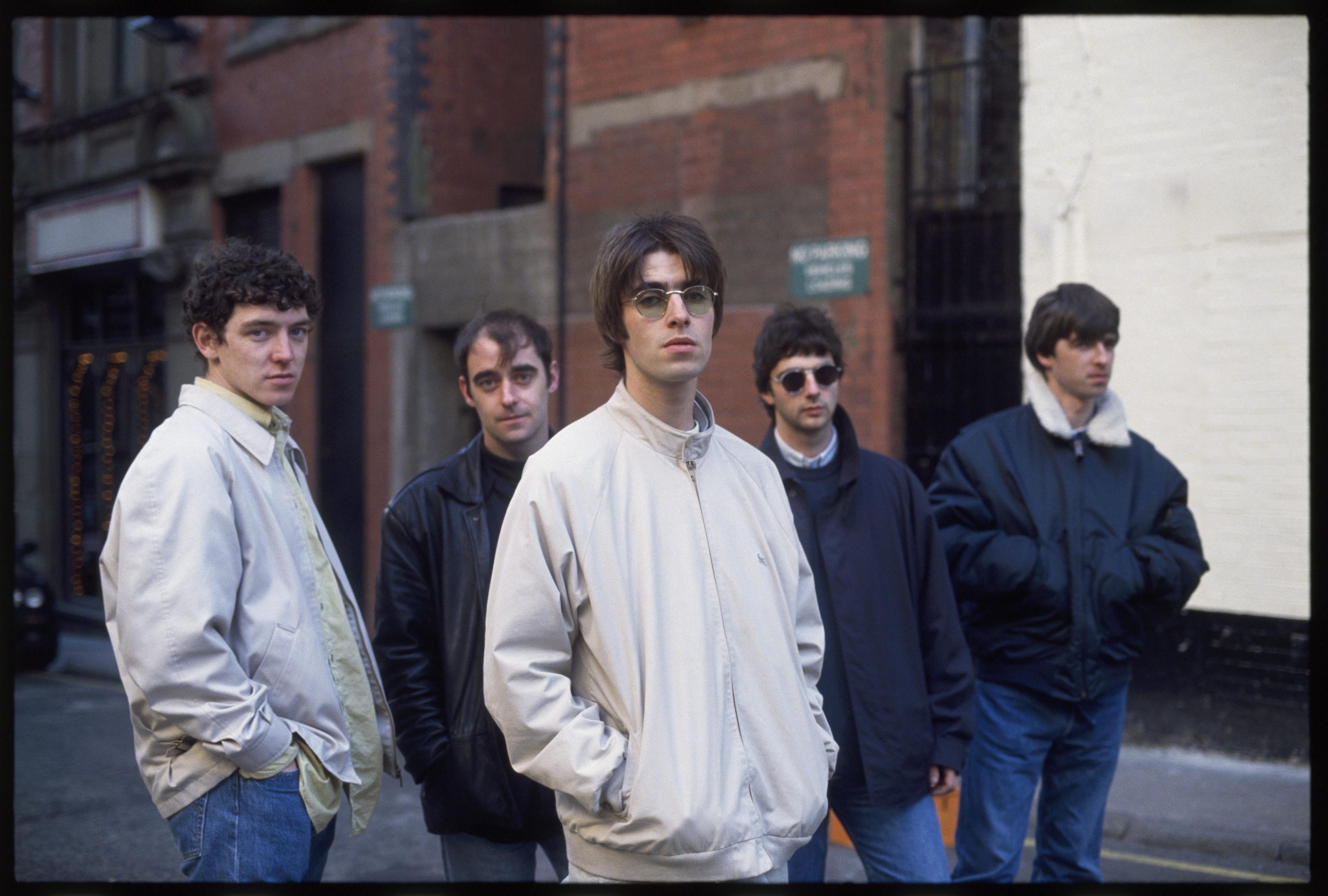
Britpop bands were united not only by the desire to write lyrics about social injustice, but also by a style that perfectly reflected the mood of the era. Since the guys all came from ordinary families (Blur’s bohemian children are a big exception to this rule), the main target audience and reference point became the working class. The same simple guys with the same life problems and the same daily routine. They were not just part of the Britpop movement; they became its core, its center, its heart.
Listeners saw the Gallagher brothers as “one of their own” not just because of their rebellious lifestyle, but also because of their style. If you look globally, Liam and Noel’s wardrobes weren’t all that different from the average Brit’s. And it was fascinating.
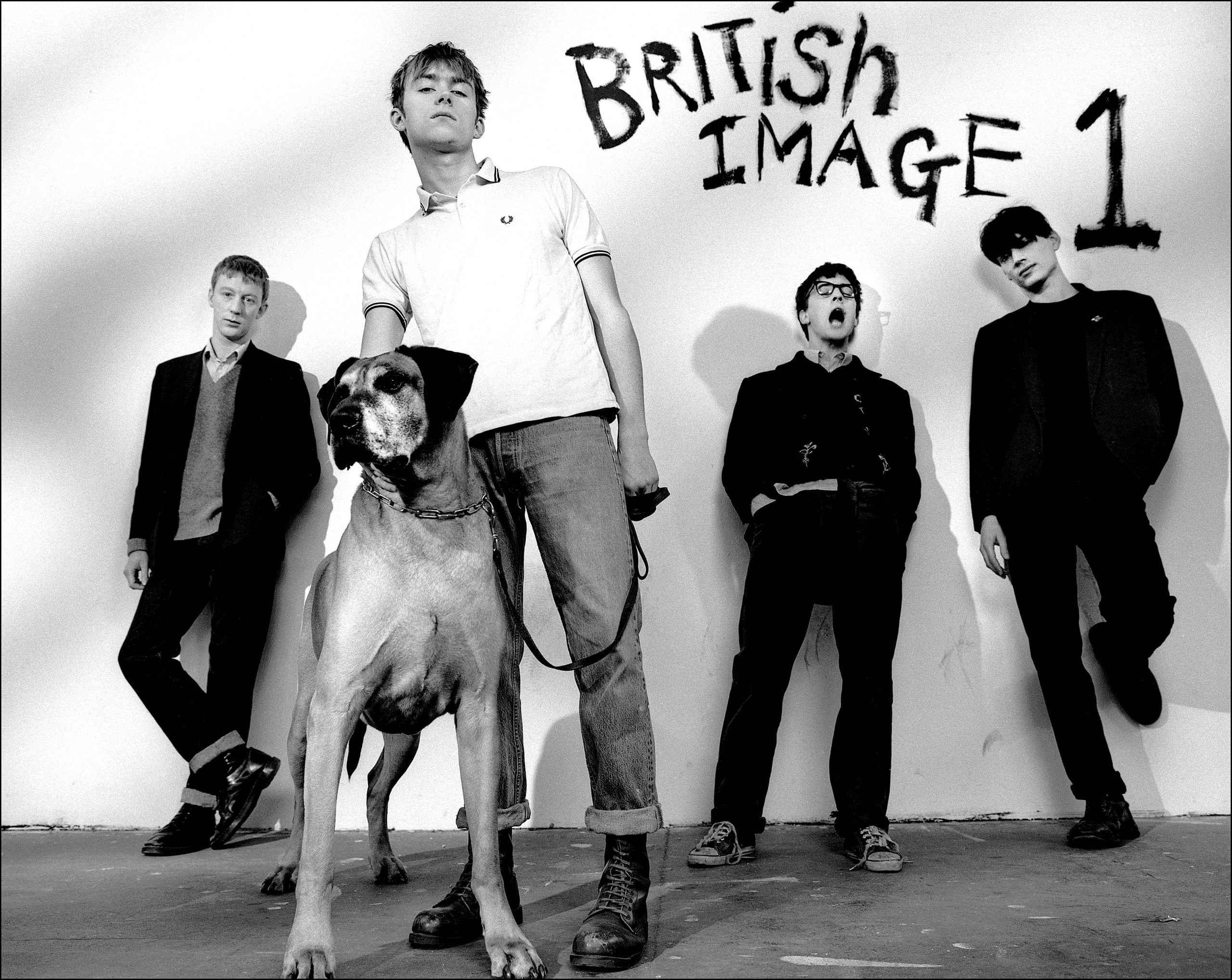
In the 1990s, they combined voluminous parkas, comfortable anoraks and sweatshirts with wide jeans, polos and regular T-shirts. In simple terms, the style of Britpop representatives is a unique blend of casual, sports and football fan aesthetics. That’s why there is such a great love for Stone Island, Kappa, adidas, Reebok, Filla, as well as Fred Perry, Lacoste and Burberry. It turned out that they really made familiar and unremarkable things very fashionable.
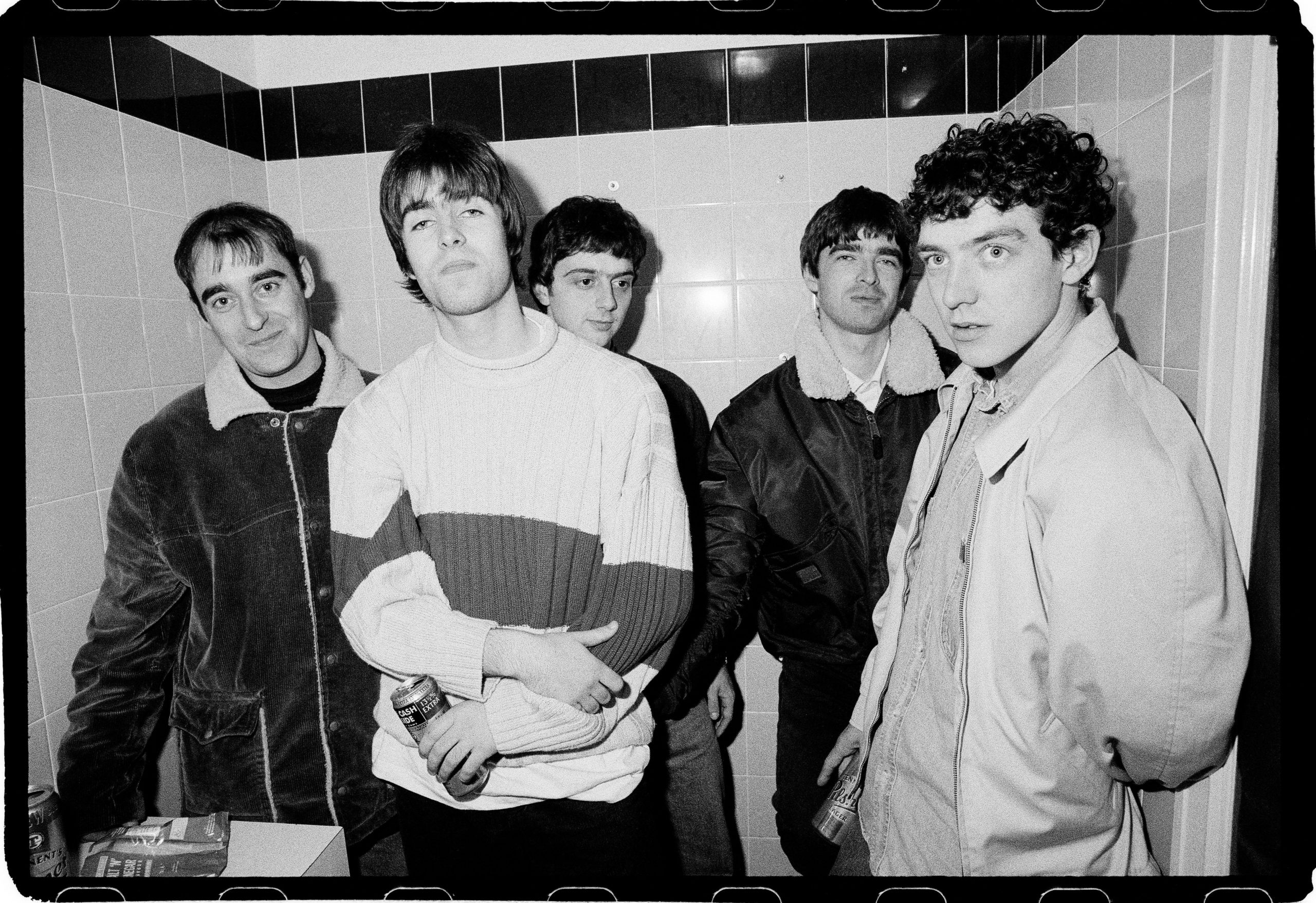
Here, by the way, it is worth noting that the Britpop style was daring, but not as sloppy as grunge. If you break down their photos into “content”, you won’t find ripped jeans or frayed Kurt Cobain vests. Instead, we see classic Harrington jackets, basic windbreakers and sweaters combined with shirts. What they lacked in stylistic rebellion, they more than made up for in drunken brawls and other off-stage “shows”.

The fashion of the Britpop era of the 90s saw the revival of retro sportswear from the 70s and 80s, mixed with the influences of rave culture, football fans and long-awaited freedom. And the realistic style of the bands of that time was closely intertwined with their working-class roots and simple origins, which they did not want to hide, change or be ashamed of. They looked as organic and cool as the boys of the neighborhood, even teenagers with very rich parents wanted to live like poor rock musicians. Pulp frontman Jarvis Cocker said in an interview that he knew many fans of the band who were ashamed of their rich parents and dreamed of moving to a small town, going to bars, wearing simple sweatshirts with Kappa logos and worn-out Adidas Gazelle sneakers or ordinary striped polos. True, all this is a position that has nothing to do with reality.
-

Noel Gallagher. Photo: Legion-media.ru -
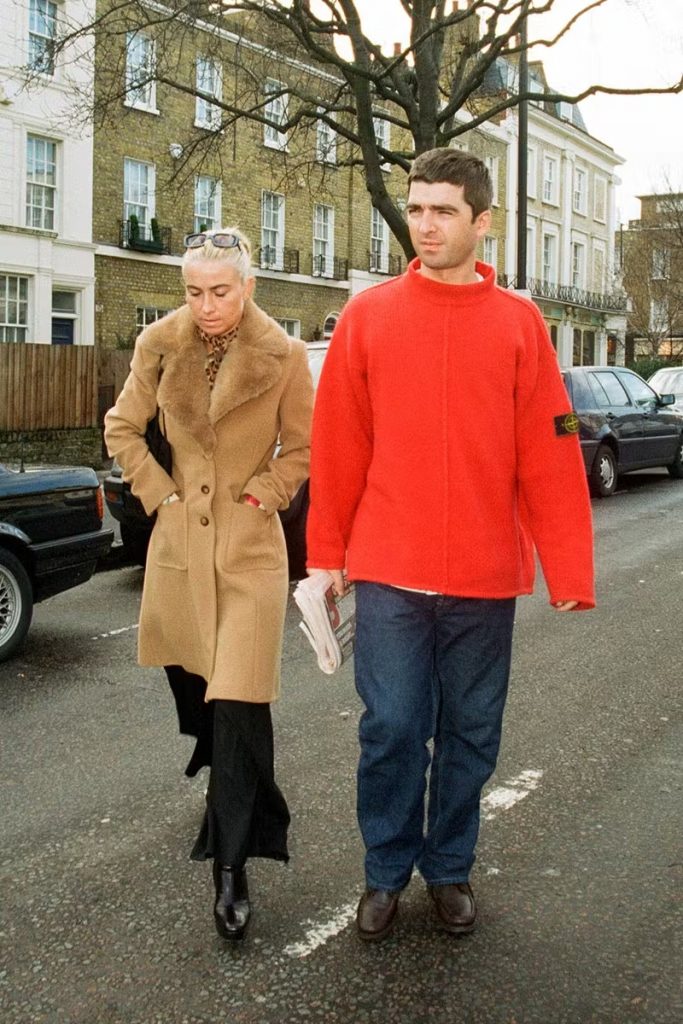
Noel Gallagher. Photo: Getty Images
Towards a reality where the clothing of Britpop bands was not just clothing, but also an expression of identity that resonated with popular culture and tried to break away from the mainstream. Yet there were many followers and fans, and not everyone wanted to understand the hidden messages conveyed through the clothing. They were simply trying to copy the image of their idols.
-
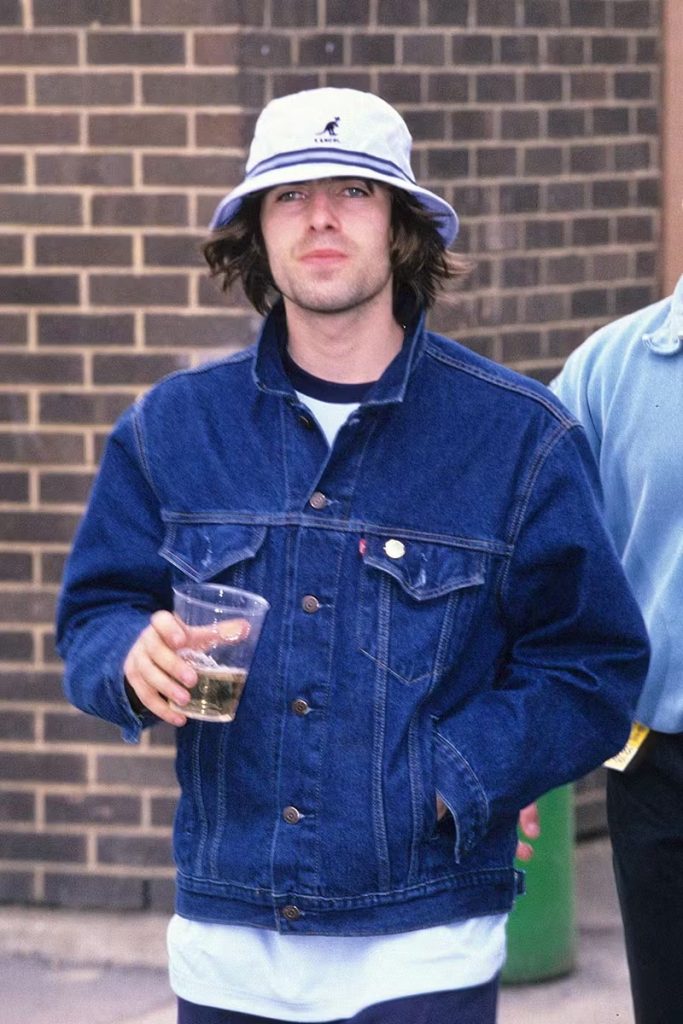
Liam Gallagher. Photo: Getty Images -

Liam Gallagher and Damon Albarn. Photo: Getty Images
So in the mid-1990s, the number of vintage stores where you can find retro sportswear has multiplied several times. The same thing happened with the recognizable three-striped sweatshirts, where demand has increased exponentially. And young designers often referenced Britpop in their collections: from Alexander McQueen to Stella McCartney. The latter, by the way, still often refer to that era.
-
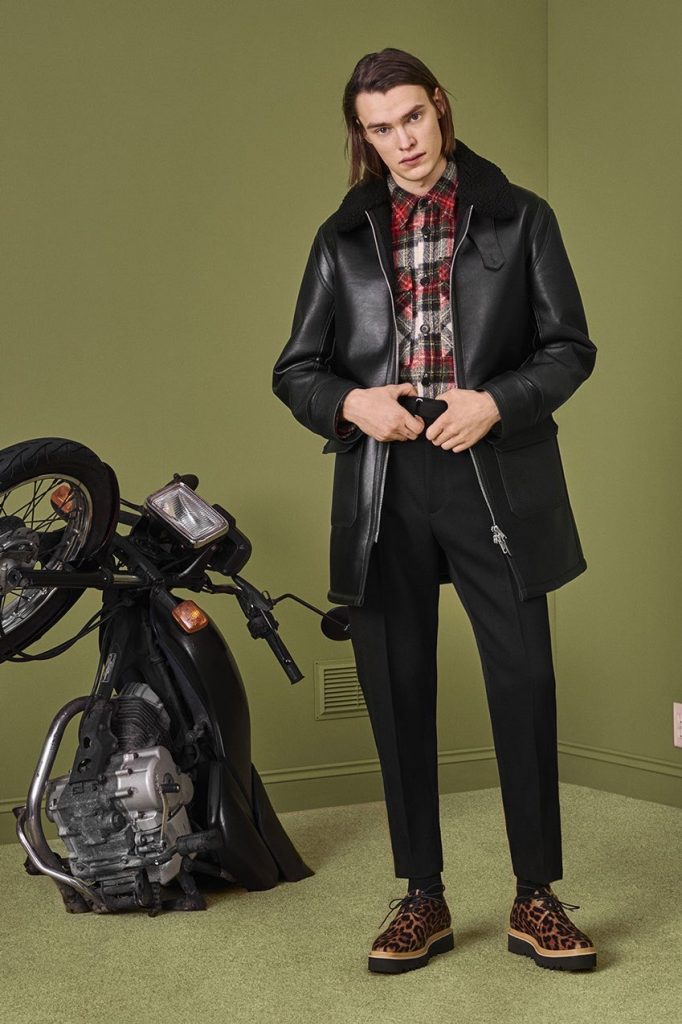
Stella McCartney Fall17 -

Stella McCartney Fall17 -

Stella McCartney Fall17

As everyone knows, fashion is cyclical. A few years ago we saw the loud return of 2000s style, the return of grunge and the widespread interest in 1990s minimalism. It seems that Britpop and the creepy childish aesthetic that many people hold in disdain, believing it to be a hopeless downward spiral, are next. But there’s no denying that the world is somewhat tired of the traditional coconut milk latte, the clean-cut girl aesthetic and everything associated with the word “right”. I also miss my hooligan family who allowed others to do things they couldn’t. Whether that’s a good thing or a bad thing, time will tell. We can only follow the same Harringtons, Olympic jerseys and Carpenters and eliminate them from our wardrobes.
Source: People Talk
Elizabeth Cabrera is an author and journalist who writes for The Fashion Vibes. With a talent for staying up-to-date on the latest news and trends, Elizabeth is dedicated to delivering informative and engaging articles that keep readers informed on the latest developments.



